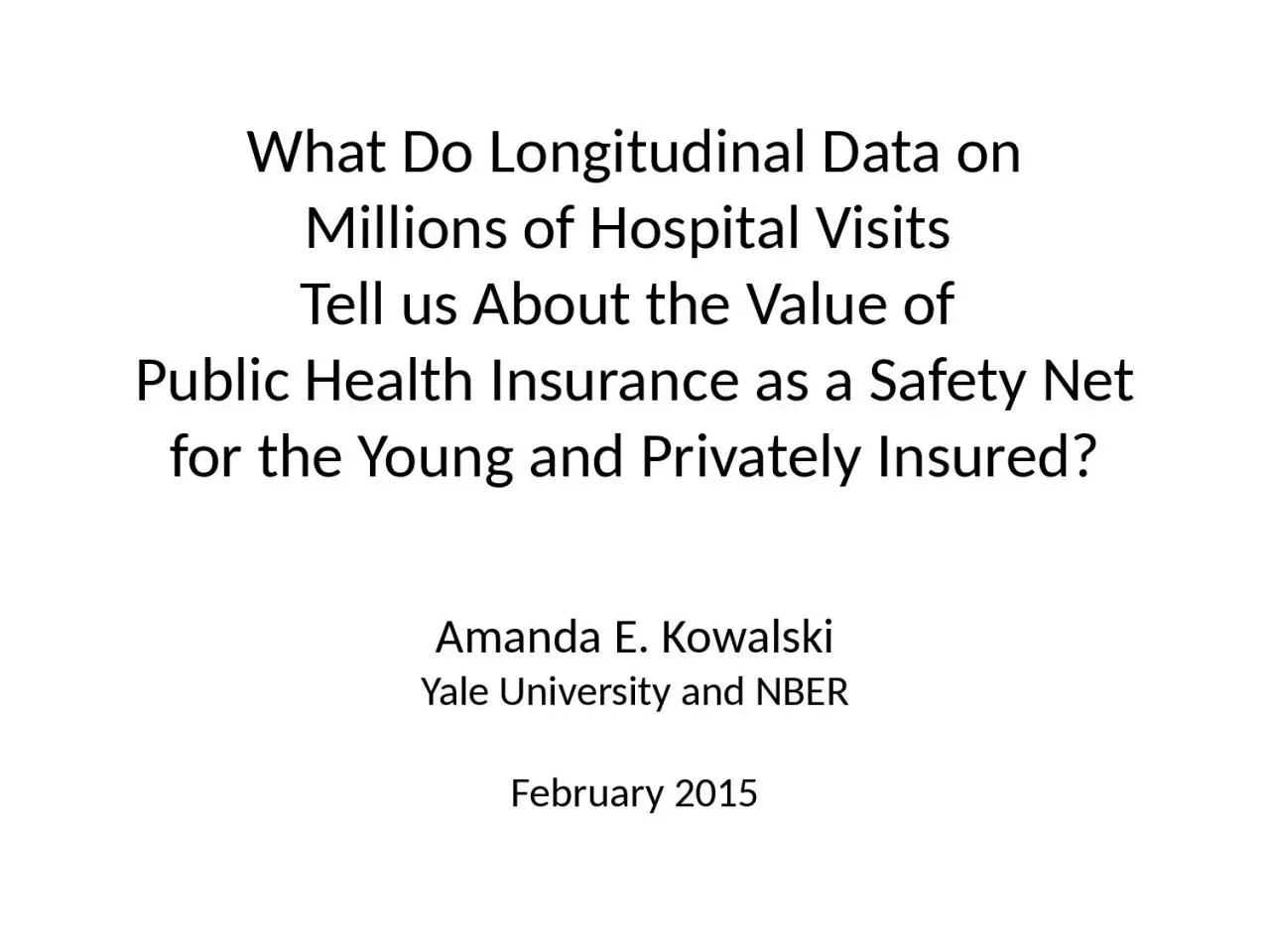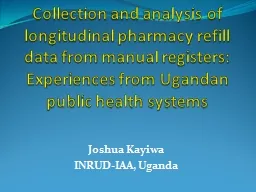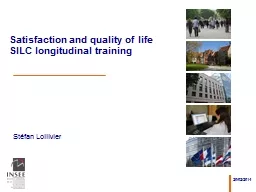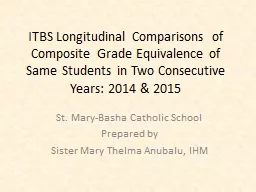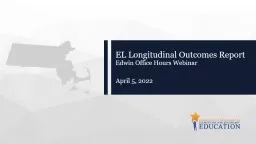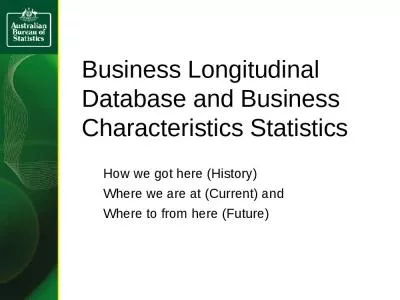PPT-What D o Longitudinal Data on
Author : AdorableAlpaca | Published Date : 2022-08-04
Millions of Hospital Visits Tell us About the Value of Public Health Insurance as a Safety Net for the Young and Privately Insured Amanda E Kowalski Yale University
Presentation Embed Code
Download Presentation
Download Presentation The PPT/PDF document "What D o Longitudinal Data on" is the property of its rightful owner. Permission is granted to download and print the materials on this website for personal, non-commercial use only, and to display it on your personal computer provided you do not modify the materials and that you retain all copyright notices contained in the materials. By downloading content from our website, you accept the terms of this agreement.
What D o Longitudinal Data on: Transcript
Download Rules Of Document
"What D o Longitudinal Data on"The content belongs to its owner. You may download and print it for personal use, without modification, and keep all copyright notices. By downloading, you agree to these terms.
Related Documents

